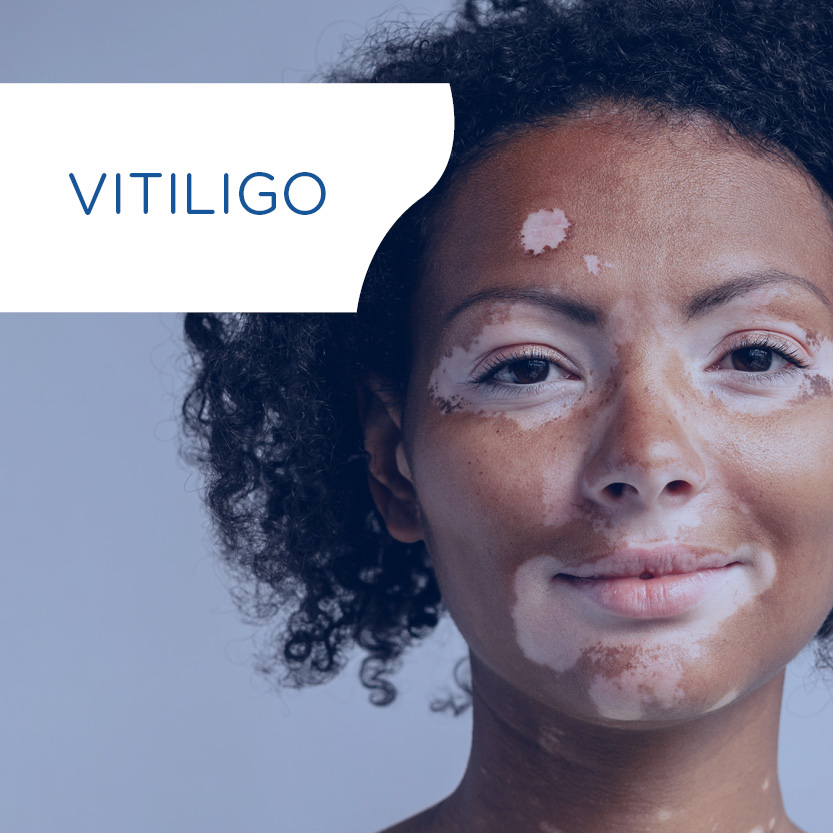Epidermal healing in burns: autologous keratinocyte transplantation as a standard procedure: update and perspective
Plastic and Reconstructive Surgery Global Open, 2(9)
MCHEIK JN., BARRAULT C., LEVARD G., MOREL F., BERNARD FX., LECRON JC. (2014)
Pediatric Department, Service de Chirurgie Pédiatrique, CHU de Poitiers, France.
Pole biologie santé, LITEC, Laboratoire Inflammation, Tissus Epithéliaux et Cytokines EA 4331, Université de Poitiers, France.
Bioalternatives, Gençay, France.
Pole Biospharm, Laboratoire d’immunologie et Inflammation, CHU de Poitiers, France.
Abstract
Treatment of burned patients is a tricky clinical problem not only because of the extent of the physiologic abnormalities but also because of the limited area of normal skin available.
Literature indexed in the National Center (PubMed) has been reviewed using combinations of key words (burns, children, skin graft, tissue engineering, and keratinocyte grafts). Articles investigating the association between burns and graft therapeutic modalities have been considered. Further literature has been obtained by analysis of references listed in reviewed articles.
Severe burns are conventionally treated with split-thickness skin autografts. However, there are usually not enough skin donor sites. For years, the question of how covering the wound surface became one of the major challenges in clinical research area and several procedures were proposed. The microskin graft is one of the oldest methods to cover extensive burns. This technique of skin expansion is efficient, but results remain inconsistent. An alternative is to graft cultured human epidermal keratinocytes. However, because of several complications and labor-intensive process of preparing grafts, the initial optimism for cultured epithelial autograft has gradually declined. In an effort to solve these drawbacks, isolated epithelial cells from selecting donor site were introduced in skin transplantation.
Cell suspensions transplanted directly to the wound is an attractive process, removing the need for attachment to a membrane before transfer and avoiding one potential source of inefficiency. Choosing an optimal donor site containing cells with high proliferative capacity is essential for graft success in burns.
© 2014 The Authors.
KEYWORDS: Keratinocyte; Skin graft; Epidermal healing
Check out Bioalternatives’ updates and experience new testing ideas
- Bioassays, models and services
- Posts and publications
- Events





